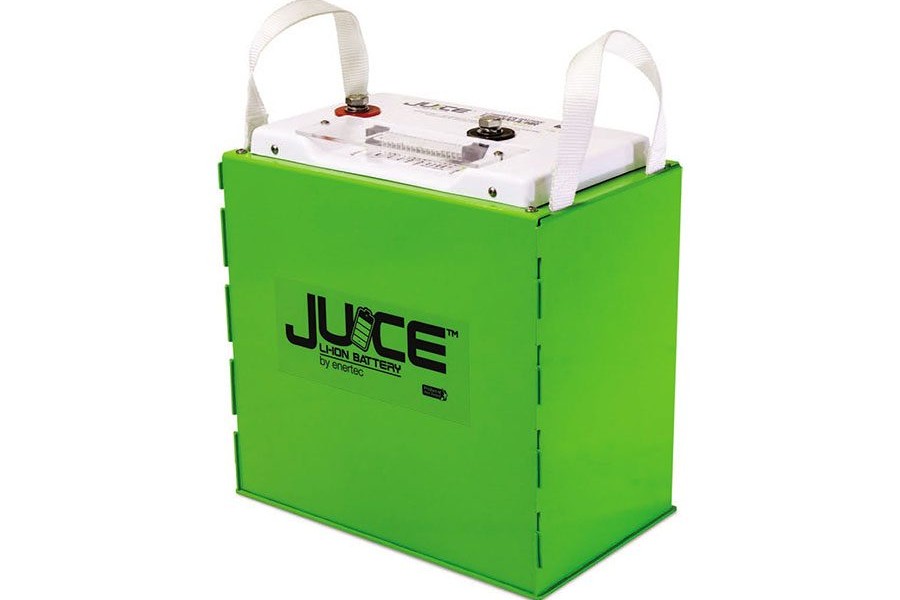Smart lithium, smarter trolling
Electric trolling motors should only be run at 80% of their available power, not flat out.
GO CLEANER, GREENER & LEANER
Fitting energy-efficient technologies brings a multitude of benefits to your electrical system and boating experience – not least boosting…



